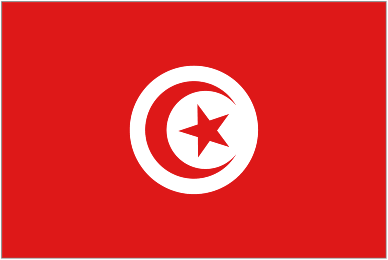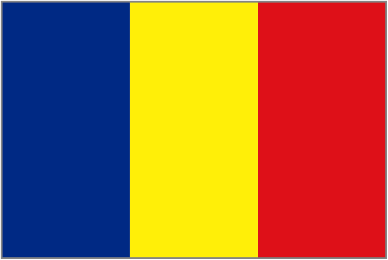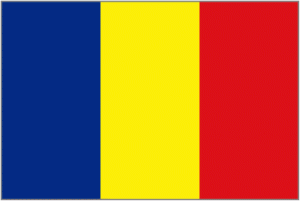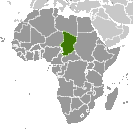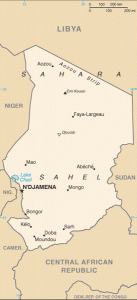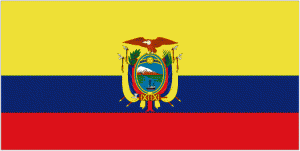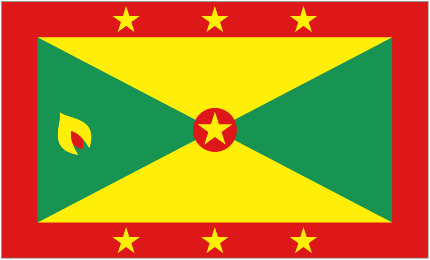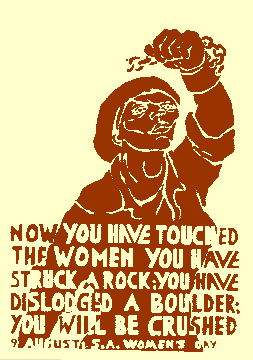August 13, 2011
All across India sisters tie special colored bracelets of thread around their brothers’ wrists, as a symbol of protection. Likewise, the thread reminds the brother of his pledge and duty to protect his sister.

![]()
The threaded bracelet is called a rakhi and the holiday is Raksha Bandhan, a Hindu and Sikh celebration of brothers and sisters. It falls on the full moon (Shravan Poornima) in August. (August 16, 2008. August 5, 2009.)
There are two main stories of how the tradition came about.
One is that the goddess Draupadi tore a strip from her sari and wrapped it around Krishna’s wounded finger after battle. Later, Krishna returned the favor. When Draupadi’s malevolent brother-in-law attempted to dishonor her by removing her sari, Krishna continuously elongated her sari so she could not be disrobed.
Another is that Shashikala blessed a silken talisman and tied it around Lord Indra’s right wrist to protect him from harm during the battle of gods and demons. The rakhi gave him the strength to defeat them.
The tradition was further popularized during India’s Moghul period in the 16th century. Facing attack from the sultan of Gujarat, Queen Karnavati of Rajasthan sent a sacred Rakhi thread to the Mughal emperor Humayan, to remind him of their special connection and in the hopes of receiving assistance against the enemy.
This year in Ahmedabad, Gujarat, about 700 young men and women at H.K. Arts College reversed the tradition. Boys bestowed Rakhi on the girls as a symbol of determination to stop female foeticide, a crime that is largely responsible for lopsided male:female ratio in India, especially in states like Gujarat where that ratio is 100 to 83.

